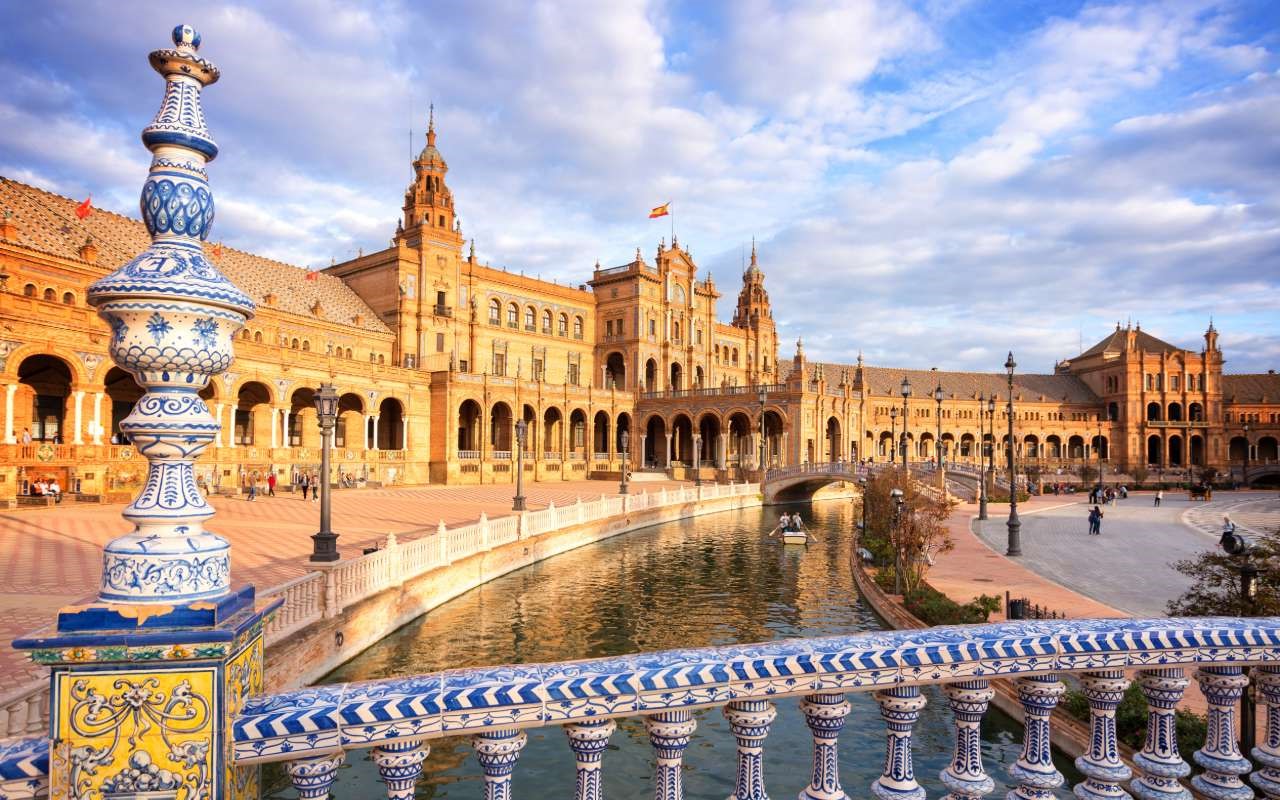
The House of Borgia stands out as one of history's most intriguing and controversial families. Originating from Spain, their rise to power in Italy during the Renaissance period is a tale wrapped in ambition, intrigue, and scandal. Known for their significant influence within the Catholic Church, with two members becoming Popes (Alexander VI and Callixtus III), their story intertwines with accusations of corruption, nepotism, and even murder. Yet, beyond the scandals and rumors, the Borgias were also patrons of the arts and played a pivotal role in the cultural and political landscape of their time. This introduction will shed light on 20 fascinating facts about the Borgias, offering a glimpse into the lives of a family that has captivated historians and the public alike for centuries. Through these facts, we'll unravel the complexities and achievements that define their legacy, moving beyond the infamy to appreciate their contribution to Renaissance history.
Origins of the Borgia Family
The Borgia family, originally known as Borja, hailed from the Kingdom of Valencia in what is now Spain. Their rise to prominence began in the 15th century, marking them as one of the most influential families during the Renaissance period. Valencia was a melting pot of cultures, and the Borgias were no exception, blending Spanish and Italian heritage as they climbed the social ladder.
-
The family's original surname, Borja, was Italianized to Borgia when they moved to Italy. This transition signified not just a change in location but also their ascent in Italian society.
-
Alfonso de Borja, who later became Pope Callixtus III in 1455, was the first family member to gain significant power. His election to the papacy was a pivotal moment, setting the stage for future Borgias to follow in his footsteps.
The Borgia Popes
The Borgia family is perhaps best known for producing two Popes, who used their positions to further the family's power and influence.
-
Rodrigo Borgia, better known as Pope Alexander VI, is one of the most controversial figures in the history of the papacy. His tenure from 1492 to 1503 was marked by accusations of simony, nepotism, and other forms of corruption.
-
Pope Alexander VI openly acknowledged his children, a rare admission among Popes, which scandalized the church and society at the time. His acknowledgment of his offspring was a bold move that blurred the lines between the sacred and the profane.
The Borgia Children
The children of Rodrigo Borgia, especially Cesare and Lucrezia, have become legendary figures, enveloped in mystery and intrigue.
-
Cesare Borgia, the Duke of Valentinois, was a central figure in Italian politics, known for his ruthlessness and ambition. He served as the inspiration for Niccolò Machiavelli's "The Prince," a guide on political power and strategy.
-
Lucrezia Borgia, often maligned by history as a femme fatale, was actually a patron of the arts and a skilled ruler in her own right. Her three marriages were strategic alliances that furthered the Borgia family's influence across Italy.
The Power and Influence of the Borgias
The Borgias wielded their power through strategic marriages, military campaigns, and alliances with other powerful families of the time.
-
The family's influence extended beyond Italy, with marriages into some of Europe's most powerful dynasties, including the royal families of Spain and France.
-
Their military campaigns, often led by Cesare Borgia, were instrumental in consolidating Papal States and expanding the family's territorial control.
The Legacy of the Borgias
Despite their notorious reputation, the Borgias left a lasting impact on the Renaissance and the Catholic Church.
-
The Borgia apartments in the Vatican, commissioned by Pope Alexander VI, contain some of the era's most remarkable frescoes, painted by artists such as Pinturicchio.
-
The family's patronage of the arts contributed significantly to the Renaissance, supporting artists, architects, and scholars.
-
Their political maneuvers and the scandals that surrounded them have inspired countless books, plays, and films, cementing their place in popular culture.
The Downfall and End of the Borgia Dynasty
The death of Pope Alexander VI in 1503 marked the beginning of the end for the Borgia family's power.
-
Cesare Borgia's military campaigns unraveled after his father's death, leading to his capture and eventual death in 1507.
-
The family's fortunes and territories were quickly divided among rival factions and the powerful families that once were their allies turned against them.
-
By the mid-16th century, the Borgia family had faded from power, their once-great dynasty reduced to a footnote in history.
The Borgia Family in Modern Times
Despite their fall from grace, the Borgias continue to fascinate historians, writers, and the public.
-
Recent historical research has begun to challenge some of the more lurid tales about the Borgias, suggesting that their reputation as the epitome of Renaissance corruption may have been exaggerated.
-
Today, the Borgia family is the subject of numerous historical novels, TV series, and documentaries, each exploring the complex web of intrigue, power, and scandal that defined their legacy.
-
The intrigue surrounding the Borgia family has made them symbols of the ultimate Renaissance dynasty, known for their ambition, political savvy, and the scandals that surrounded them.
-
Their story is a reminder of the volatile nature of power and how history is often shaped by the narratives of those who come after.
-
The Borgias, with their mix of ambition, brilliance, and flawed humanity, continue to captivate those interested in the dynamics of power, family, and history.
-
As figures of both historical significance and pop culture icons, the Borgias exemplify the enduring allure of stories that blend truth with legend, offering endless material for exploration and interpretation.
A Final Glimpse into the Borgia Legacy
We've journeyed through the intricate web of the Borgia family's history, uncovering tales of power, intrigue, and scandal that have captivated historians and enthusiasts alike. Their story, marked by ambition and controversy, has left an indelible mark on the fabric of Renaissance history. From Rodrigo's papal reign to Cesare's military exploits and Lucrezia's enduring legacy, the Borgias exemplify the complex interplay of religion, power, and politics in a bygone era. Their narrative, woven with threads of both truth and myth, challenges us to look beyond the surface and appreciate the depth of historical figures' lives. As we close this chapter, let's carry forward the lessons learned from the Borgias' rise and fall, recognizing the timeless intrigue of history's most fascinating families.
Was this page helpful?
Our commitment to delivering trustworthy and engaging content is at the heart of what we do. Each fact on our site is contributed by real users like you, bringing a wealth of diverse insights and information. To ensure the highest standards of accuracy and reliability, our dedicated editors meticulously review each submission. This process guarantees that the facts we share are not only fascinating but also credible. Trust in our commitment to quality and authenticity as you explore and learn with us.


